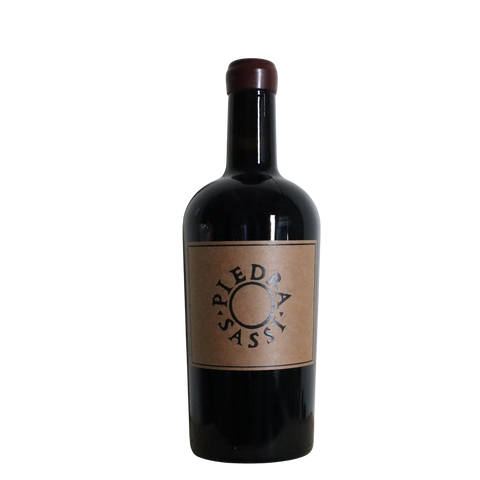
2019 Piedrasassi Syrah, Santa Rita Hills, Central Coast, California, USA
On the nose, smoky flavors of wild berries, crushed blackberries, matchstick, and a touch of smoked meat lead to flavors of dark red fruits, briny olive, bacon fat, and incense on the palate. The wine’s gritty-yet-integrated tannins lead to a savory, fruit-tinged finish.
There are 7 units left in stock.
ABOUT THIS WINE
Fruit for the Sta. Rita Hills Syrah comes from two practicing organic vineyard sites, Patterson and Casa Cassara, both planted at staggering altitudes. This wine tends to be the most forward of the lineup, as fruit from the Patterson vineyard comes from younger vines, which tend to produce more generous clusters with larger berries and thicker stems. Of the three cuvées, this is the wine to enjoy in its youth, as its striking balance between fruit and savory characteristics shines in early years.
ABOUT THIS PRODUCER
Sashi and his wife, Melissa, have been making great, restrained, Northern Rhone-style Syrah for a decade.
The husband and wife team began making a small amount of wine in Lompoc, CA in 2003 under the Piedrasassi label. The focus of Piedrasassi’s wine program is cool climate Syrah. Sashi & Melissa believe that good Syrah can be made at many sites in Santa Barbara County, but it is at the cool climate sites that Syrah is at its most compelling; producing the most complex aromas and the most savory textures. The vineyard sites for Piedrasassi range from Ballard Canyon in the east to the Santa Rita Hills and Arroyo Grande in the west.
In the vineyard, the team at Piedrasassi picks a bit earlier than their colleagues to keep the alcohol levels in balance with flavor and to preserve the natural acidity of the fruit. In the winery, Moorman employs some whole cluster inclusion, indigenous yeast fermentation, and no sulfur added at fermentation, remaining as natural as possible without compromising the integrity of the wine. Elevage is in 500L barrels to limit the wine’s exposure to oxygen and to minimize the influence of oak. They add the smallest amount of sulfur to the wine at bottling; allowing the aromatics to stay expressive while still protecting the wine during cellaring. The result, in all of these bottlings, is Syrah that shows off the different sites through aromas that bloom and evolve in the glass and tannins that grip and engage the palate.
The tasting room also has a bakery connected, which Melissa runs. They make fresh loaves of bread Wednesday through Sunday, just highlighting how truly they are tied to the Earth and their sense of place.
